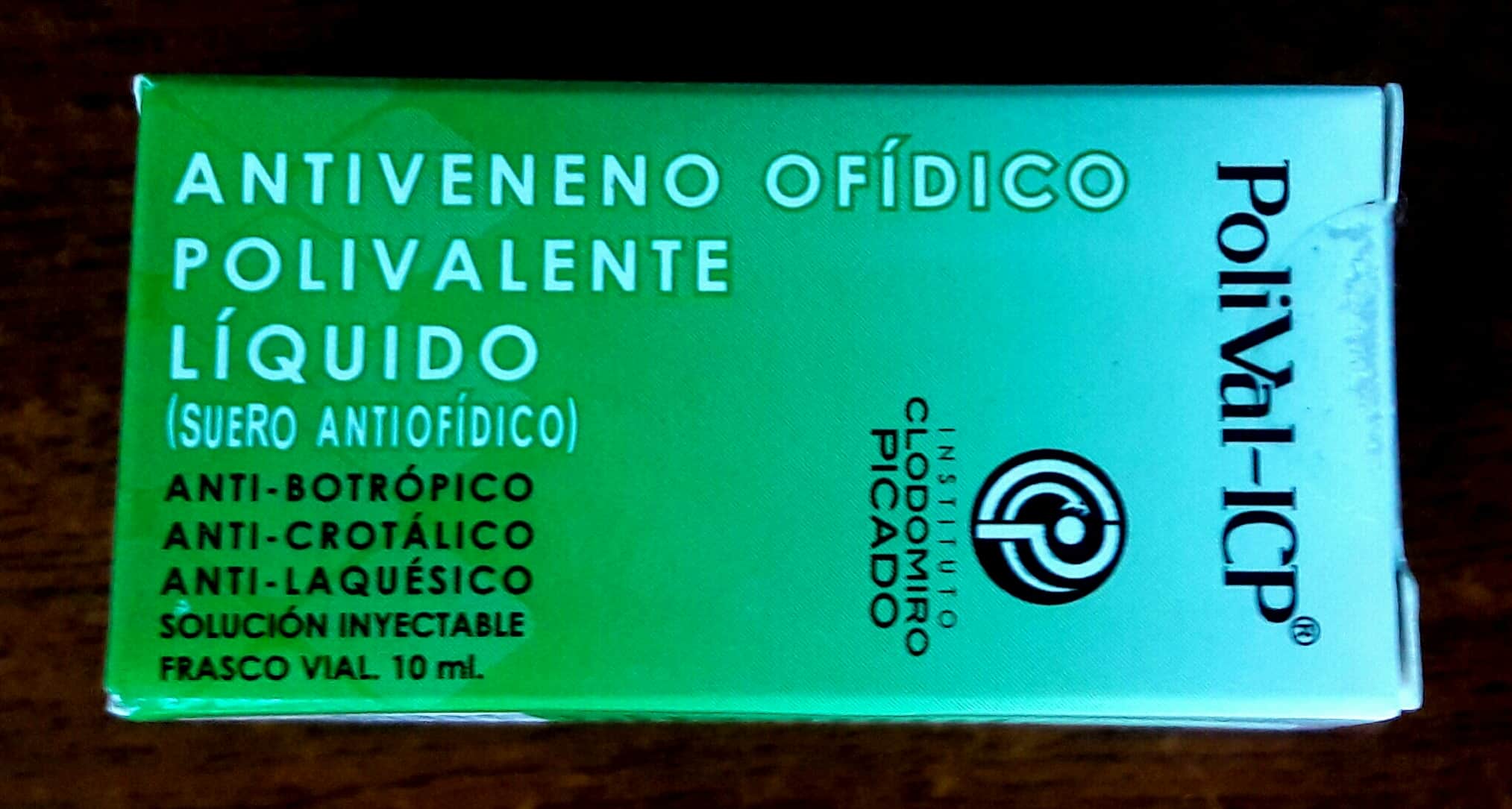Read last week’s piece on Costa Rica’s snakebite challenges here.
How common is venomous snakebite inside the range of terciopelo?
Interviews I’ve conducted since Aug. 2017 with nearly 100 residents living within 30 kilometers of the Central Pacific slope town of Puriscal revealed only one respondent unable to name a person who had suffered a venomous snakebite. Remarkably, nearly everyone knew of the laboratory that produces anti-venom, the Instituto Clodomiro Picado, now associated with the University of Costa Rica.
Why is the terciopelo population so dense in certain areas?
The terciopelo has few natural predators in Costa Rica other than farmers with machetes. These armed forces are grossly outnumbered, though. A female terciopelo can drop up to 90 offspring.
Costa Rica’s snakebite research pioneers save lives worldwide
What can one do to keep this animal away from their home?
Contrary to rampant folklore, researchers cannot find any thorny plant, colorful flower, or fragrant herb that provides a barrier the terciopelo won’t cross. Chemical repellent sprays or pellets of naphtha (mothballs) do not bother this snake either.
Terciopelos avoid developed areas without cover, so remove fallen branches and leaves. Mow the lawn. Eliminate anything that attracts rodents since this is the terciopelo’s main food source. These actions are your best and only home defense.
How should I prepare for my next hike over the river and through the woods?
Most encounters involve stepping on an unseen snake. The snake’s diamond-patterned melange of colors blends well with leaves and logs. Terciopelos are inactive and sluggish during the day. They coil up to preserve body warmth but react violently to an accidental attack by your boot.
Carry a long stick to probe areas where you can’t see your next step. You are vulnerable to a bite up to your knees. Compare your ‘tourist uniform’ of flip-flops and shorts to the Kevlar-lined boots, gaiters, and gloves sold online to “adventure travelers hiking where venomous snakes live.” Rubber boots will not block a bite delivering the impact of a nail gun but are better than ‘trainers.’
Your best defense is to be off the trail before the snakes go out for dinner. Exit the forest before sunset and use a flashlight when walking on unlit rural roads.
https://ticotimes.net/2014/10/11/top-tips-for-avoiding-snake-bites-in-the-garden
What about first aid after a bite?
Carry the immobilized victim to a vehicle and seek medical attention as soon as possible. The victim’s movements increase the heart rate, which speeds the movement of venom throughout the body. Assure the victim that “very few people die.”
Here’s what NOT to do.
Anything that disturbs the wound site is unhelpful, as it encourages the spread of venom or damages tissue. No tourniquets, although blood will leak out and not coagulate for several minutes. Cutting off the blood supply entails its own risks. No ice and don’t cut near the bite and ‘suck out the juices.’ No electric cauterizing of the wound site. Rinse the wound with water only if it is dirty.
Do not try to capture a living snake for later ID. A detached head can still reflexively bite. Most vipers have obvious, triangular-shaped heads.
Medical treatment will begin with a test checking for allergy, as the antidote is sourced from horse blood. A drip IV will be installed, as treatment is not from multiple injections.
The emphasis after a bite must be on rapid access to treatment: every second matters. What is damaged cannot be repaired.
As every field worker dealing daily with these snakes emphatically advised me: BE CAREFUL!
https://ticotimes.net/2018/07/20/costa-ricas-hidden-enemy-the-terciopelo






